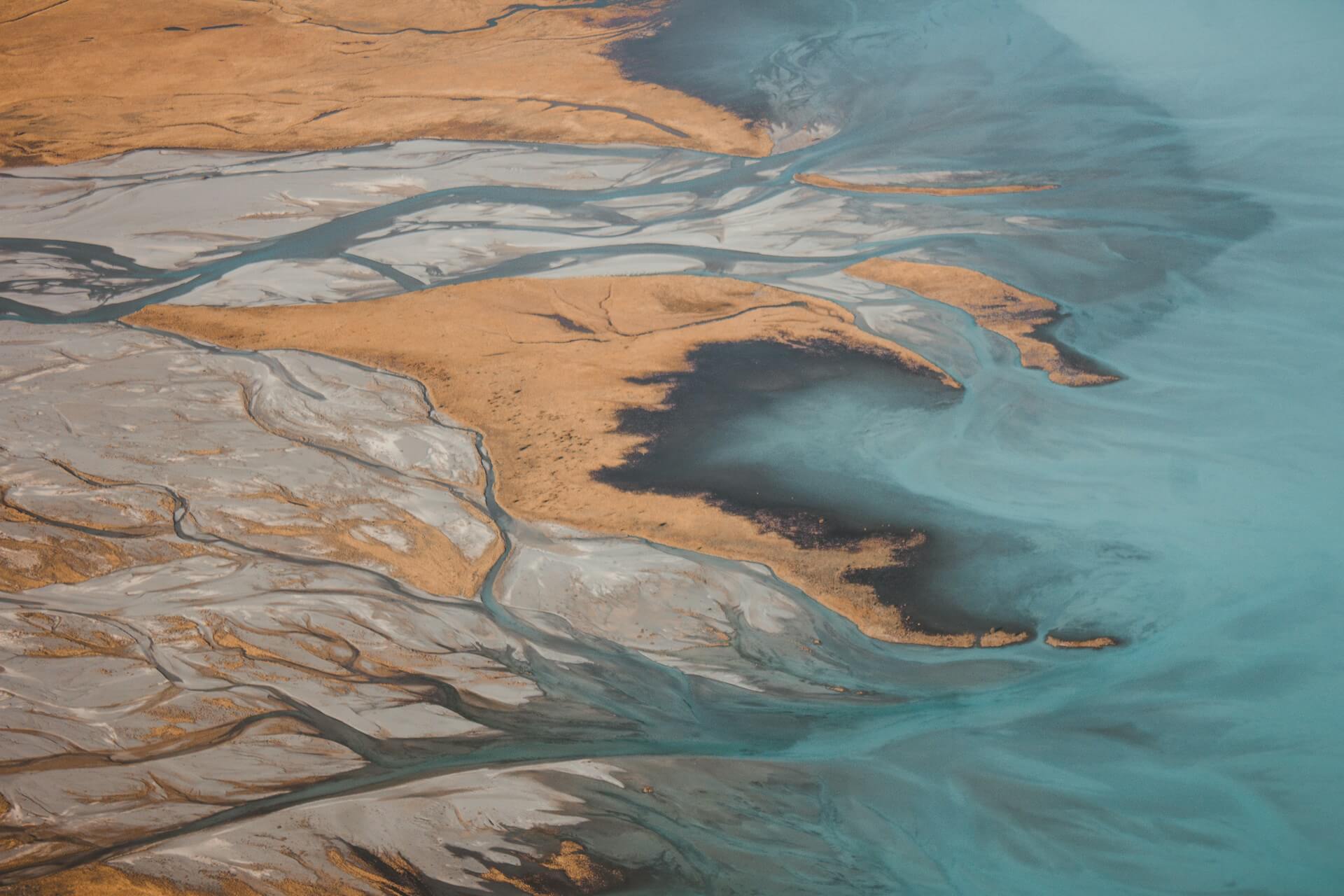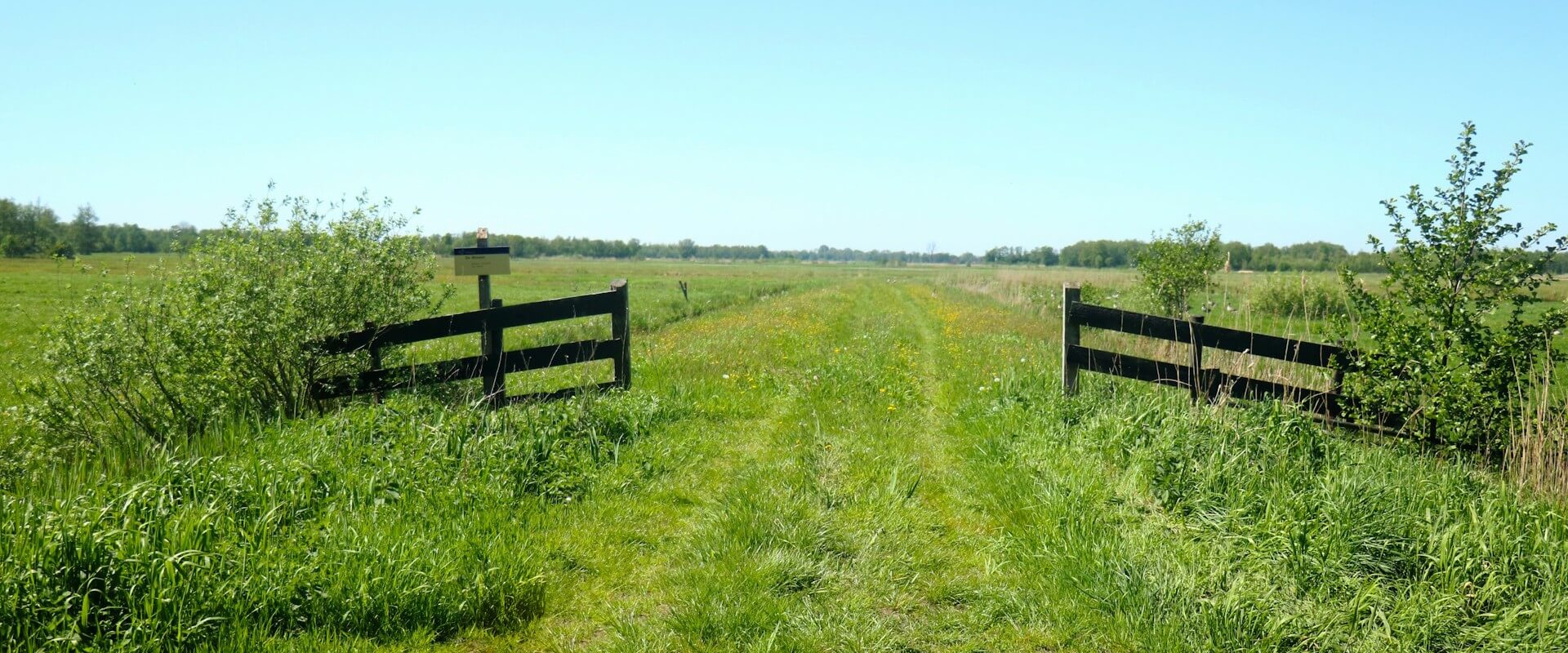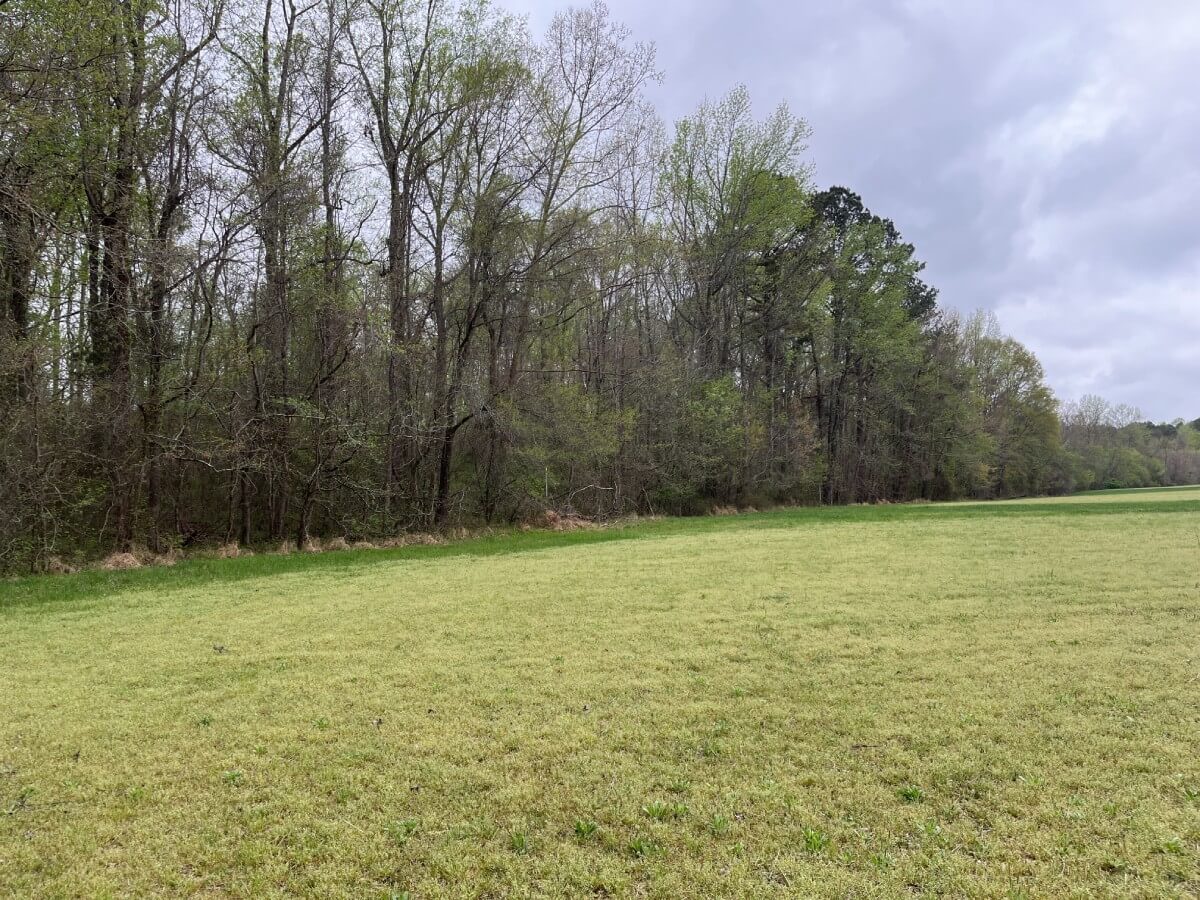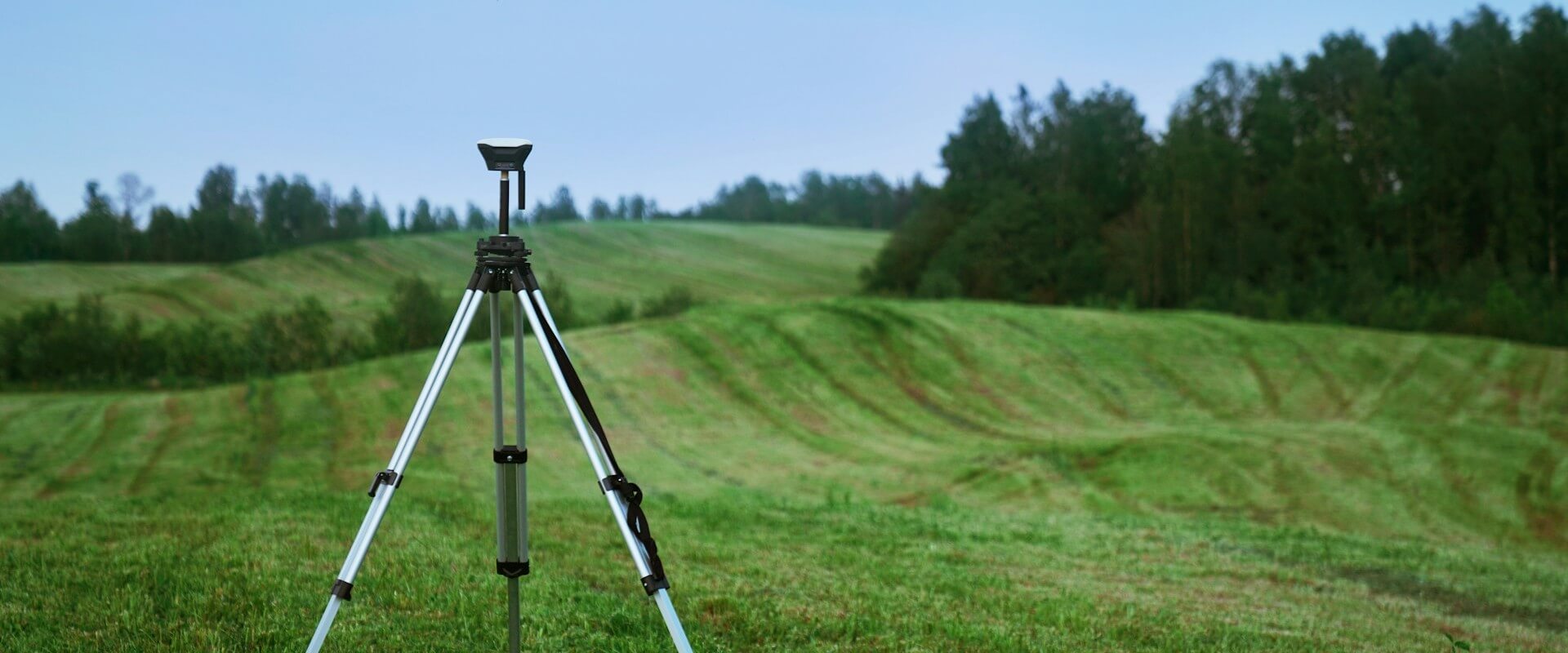This is the final part of our series on river ecology and conservation. This article follows part one about mid-reach river ecology and conservation and part two about headwaters ecology and conservation. If you haven’t read those yet, check them out first! Otherwise, keep reading to learn more about river mouths.
All rivers flow to the sea, so what’s so special about that?
What Are River Mouths?
The mouth of a river is where a river joins a larger body of water. In some cases, a river mouth can be where a river joins another river, known as a confluence. However, we’ll focus on two primary types of river mouths, estuaries and deltas, where rivers join large bodies of water such as lakes and oceans. River mouths share some common features:
- designate the point at which the river’s drainage area is at its largest;
- river flow slows down and mixing of waters occurs;
- create and shape landforms associated with sedimentation; and
- support diverse plant and animal communities as well as human populations.
Some of the most productive and biologically diverse ecosystems are formed where rivers join estuaries which are semi-enclosed coastal water bodies that have a connection to an ocean or sea.
How Do Rivers Influence Estuaries?
Rivers deliver freshwater into estuaries where it mixes with the saltwater of an ocean or sea. The mixing of freshwater with saltwater creates transitional brackish water where various organisms can thrive based on their adaptations to flooding and salinity.
The transition of freshwater to saltwater can occur in a linear direction, with more freshwater ecosystems closer to the river and more saltwater ecosystems closer to the sea or ocean.
The transition of freshwater to saltwater can also occur in a vertical direction within the estuarine water body, with freshwater flowing closer to the surface of the estuary and the denser saltwater flowing closer to the bottom of the estuary. Winds, tides, and the shape of the estuarine basin can further contribute to the mixing or layering of freshwater and saltwater in an estuary.
Along with freshwater, rivers also contribute sediment to estuaries. As the freshwater of the river enters the estuary, the flow of the water slows down. The flow can further slow down when the water of the estuary floods surrounding wetlands due to the baffling effect of the wetland vegetation.
Slower flow allows the sediment to settle on the surface of the surrounding wetlands and nutrients can be absorbed by vegetation. The combination of flooding and sediment delivery supports plant growth, which increases the surface of the estuarine wetland.
The vast amount of sediment delivered by rivers can do more than settle within wetlands and support wetland growth. It can also create new landforms, such as deltas.
How Do Rivers Influence Delta Formations?
Faster moving water can carry more suspended sediment, so when a larger river meets a slower moving or stagnant water body, such as a lake or ocean, the water slows down and the sediment falls out of suspension.
The addition of sediment further slows river flow until the river establishes a more direct path to the larger water body. Over long periods of time, this can create a fan-shaped landform that is sediment and nutrient-rich, resulting in high rates of plant and animal growth.
Interestingly, the vast weight and relatively young age of river delta landforms can result in the gradual sinking of land, known as subsidence. This happens due to the delivery of the heavy sediment onto the underlying geologic layers in combination with the settling and compaction of the newly-deposited sediment. An prominent example of subsidence occurs throughout the Mississippi Delta.
Dynamic Deltas Worldwide & Beyond
Deltas are very dynamic systems that can both create new land and be sinking at the same time! In addition to the Mississippi River Delta, other well-known, large deltas around the world include:
- Nile River Delta
- Yangtze River Delta
- Amazon River Delta
- Sacramento-San Joaquin River Delta (an inland delta)
We’re even finding evidence of river deltas within our galaxy. Several river deltas have been found on Mars!
Why Are Deltas Important?
Historically, deltas have served as epicenters of human civilization. Deltas provide access between rivers and oceans, fertile ground and freshwater for growing crops, and support abundant fisheries. Today, the twelve largest deltas cover only 0.3% of the Earth’s land area but support about 3% of the Earth’s population!
In addition to supporting large human populations, deltas also supply about 4% of the world’s food supply and 6% of global GDP! Given their outsized impact, conservation of river deltas is critical to both humans and the many plant and animal communities that depend on them.
What Are Conservation Actions for River Mouths?
Along with keeping rivers flowing without barriers like dams that trap sediment, another major step towards protecting river mouths is through the restoration and protection of riparian buffers throughout the river’s drainage area.
These riparian buffers absorb excess nutrients and pollutants before they accumulate en masse at the river mouth. Prevention goes a long way towards ensuring a river stays ecologically healthy.
Within estuaries, there are various wetland communities, such as:
- floodplain forests,
- tidal swamps,
- mangroves,
- freshwater marshes,
- brackish marshes, and
- saltwater marshes.
Conserving large, connected wetlands is another successful strategy for enabling these ecosystems to adapt to changing climate and sea-level rise, or the increase in the elevation of the ocean’s surface due to melting arctic ice and a warming climate.
An added benefit to conserving large, connected wetlands of estuaries and deltas is the flood and storm protection these wetlands provide to surrounding coastal communities. Recall that these wetlands naturally slow down water flow due to their dense vegetation. These wetlands are also able to absorb floodwater like a sponge without being destroyed since their plant communities are naturally adapted to flooding.
At Unique Places to Save, we work alongside environmental professionals and stakeholders to employ conservation strategies that help support river mouths- at least on Earth! Please consider following us on Facebook and LinkedIn on our journey to achieve more restoration and conservation projects across our country!
About the Author
Dr. Christine Pickens is a wetland ecologist with over 15 years of experience managing a diversity of projects across the US focused on ecological research, restoration project management, and partnership building. Her current on-the-ground efforts are focused on multi-disciplinary coordination of dam removal and conservation of imperiled wetland types while expanding public access to and understanding of nature through park development and educational outreach.
Learn More





